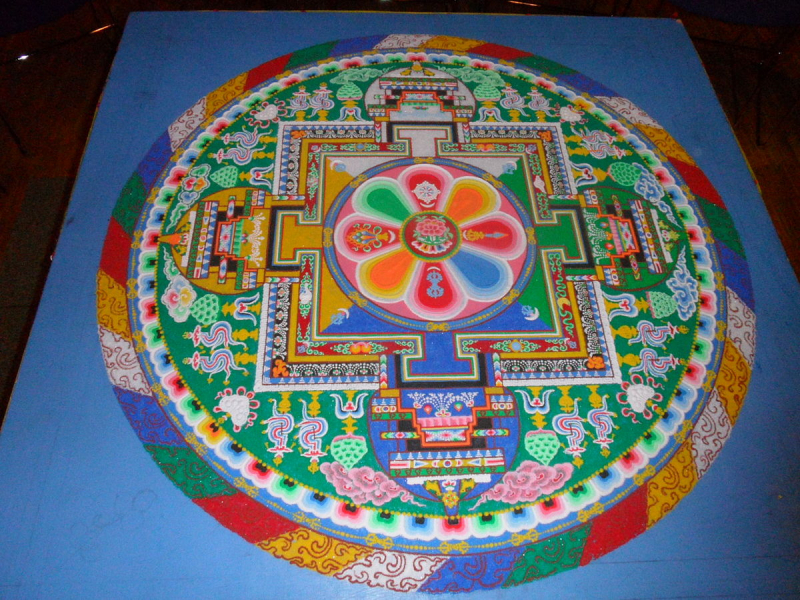Symbolic designs play a significant role in Rangoli
One of the interesting facts about Rangoli is that symbolic designs play a significant role in Rangoli, the traditional Indian art of creating colorful and intricate patterns on the ground. These symbols are not merely decorative; they carry deep cultural, spiritual, and even religious meanings.
The lotus flower, which stands for purity and enlightenment on a spiritual level, is one of the most prevalent symbols used in Rangoli. The diya, or oil lamp, symbolizes the victory of light over darkness and good over evil, particularly during Diwali, the Festival of Lights. The swastika, an ancient symbol of auspiciousness and good fortune, is used to invite positive energy.
Animals like the peacock and elephant frequently appear. The peacock signifies beauty, grace, and the cycle of rebirth, while the elephant symbolizes wisdom and good luck. Conch shells represent divine communication, while the fish embodies fertility and abundance.
These symbols are carefully chosen to convey wishes, blessings, and cultural values. They add depth and meaning to Rangoli, making it more than just art; it's a form of expression deeply ingrained in the traditions and beliefs of India.











